The first time I saw Tropea’s shoreline, the contrast between the dazzling white sand and those rugged red rocks nearly knocked the air out of me. This little coastal town in Calabria really lives up to its nickname, the “Pearl of the Mediterranean,” thanks to these wild natural contrasts that make it a dream for photographers.
You get this visual drama where fine white sand crashes right up against jagged reddish rock, all set off by the super-clear turquoise Tyrrhenian Sea.
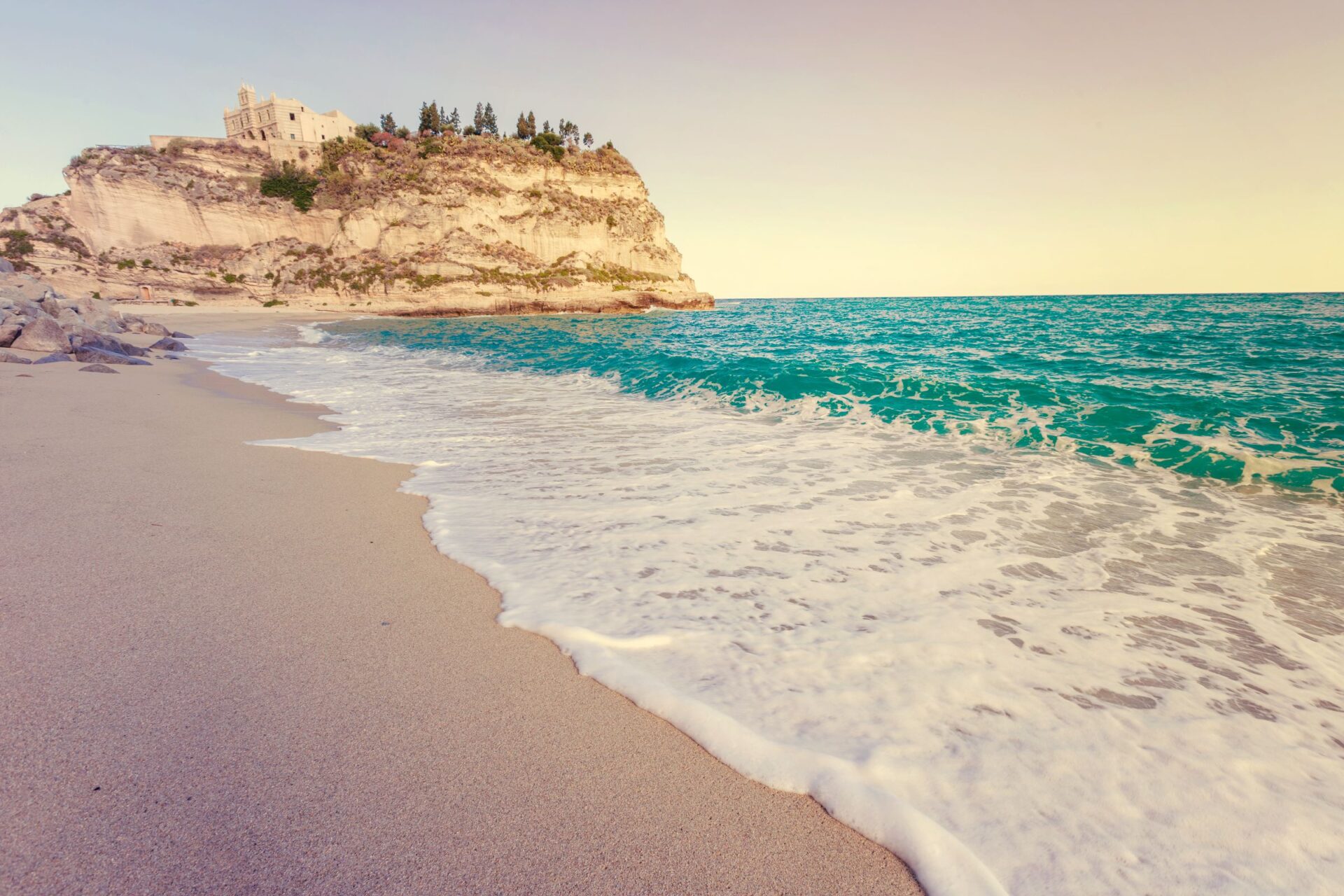
As I wandered along Spiaggia della Rotonda, I kept pausing just to soak in how the sunlight shifted the colors on the beach throughout the day. The scene feels almost unreal—pristine white sand at your feet, ancient red cliffs towering above, and the sea sparkling nearby.
Travelers I’ve chatted with always mention how this color clash makes Tropea stand out from other Italian seaside spots.
The town itself sits right on top of those red cliffs, so you get these whitewashed buildings that almost seem to grow out of the rocks. I’ve seen a lot of beaches in Italy, but none of them have this particular color combo that both calms and energizes you at the same time.
The way white sand meets red rock here is just a feast for the eyes. No wonder Tropea gets officially recognized as one of Italy’s most beautiful villages.
The Spectacular Color Contrasts of Tropea’s Shore
Tropea’s coastline just hits you with one of Italy’s most striking visuals. You’ve got these pristine white beaches running into deep red cliffs, and the whole thing keeps changing as the light shifts.
White Sand Beaches Framed by Crimson Cliffs
When I first landed in Tropea, I just had to stop and stare. The white sand beaches here aren’t just nice—they’re framed by these massive crimson cliffs that you don’t see in most of Italy.
Spiaggia della Rotonda really shows off this effect. The powdery sand meets the turquoise Tyrrhenian Sea at the base of those red cliffs, and the natural color palette makes even quick snapshots look amazing.
I’ve wandered beaches all over the Mediterranean, but Tropea’s geology gives it a visual pop that’s tough to forget. Sure, the cliffs are too hard for sunbathing, but they make every beach day feel like you’ve stepped into a postcard.
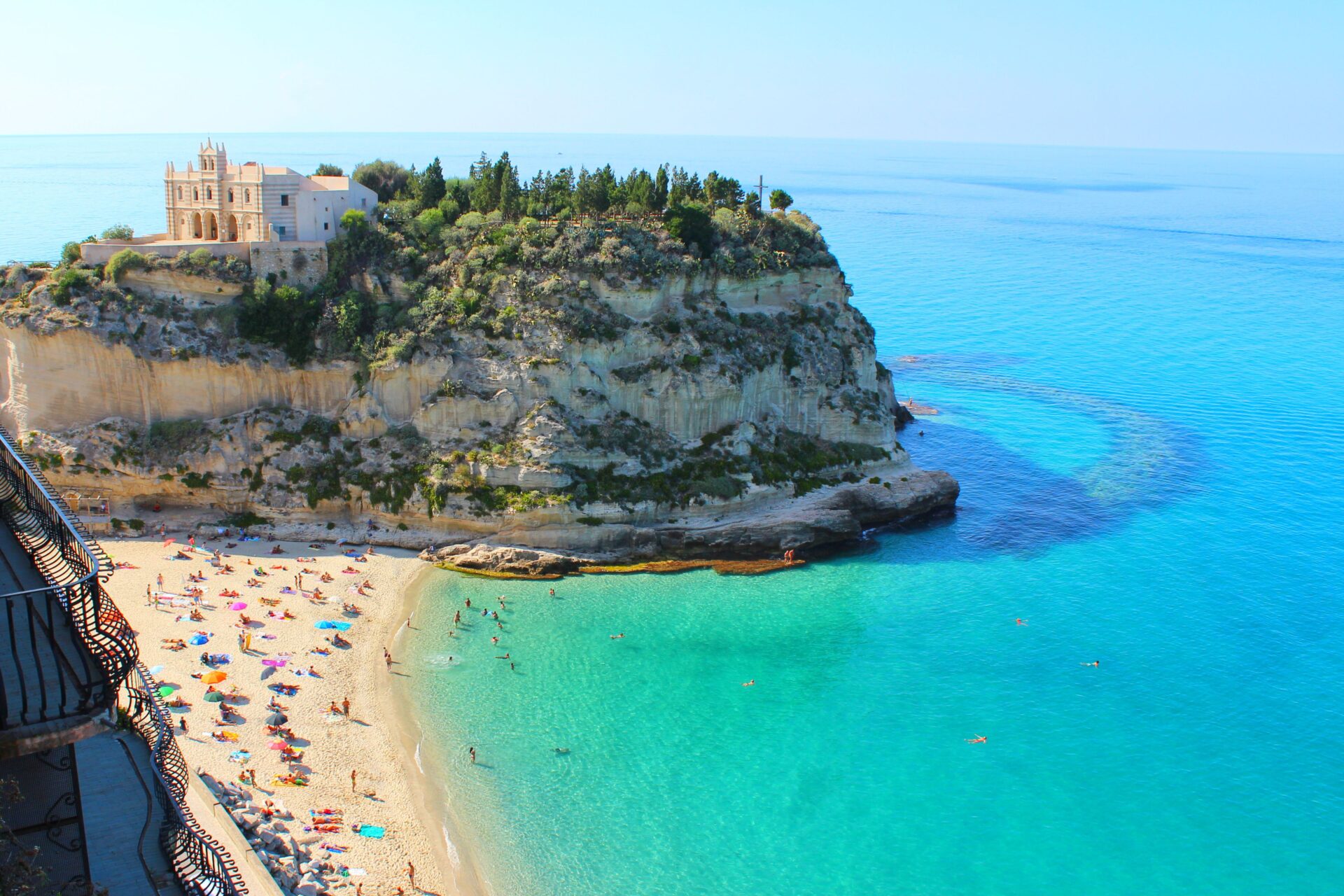
Natural Light and Seasonal Color Shifts
The colors along Tropea’s shore seem to change by the hour. In the morning, the cliffs pick up soft orange tones as the sun rises.
By midday, the contrast gets wild. The sand almost glows against the dark red rocks, and the sea turns the brightest blue you can imagine. This is definitely when most people snap those classic Tropea photos.
At sunset, the whole place transforms again. The cliffs light up with deep crimson and purples. In autumn and winter, the sea goes a darker blue, which makes the cliffs and sand pop even more. Photographers get totally different vibes depending on the season and time of day.
Tropea’s Shoreline: An Artist’s and Photographer’s Dream
I’ve watched artists and photographers set up all along Tropea’s shore, each trying to capture that wild beauty. The cliffs do a lot of the framing for you, so even a quick panorama turns out stunning.
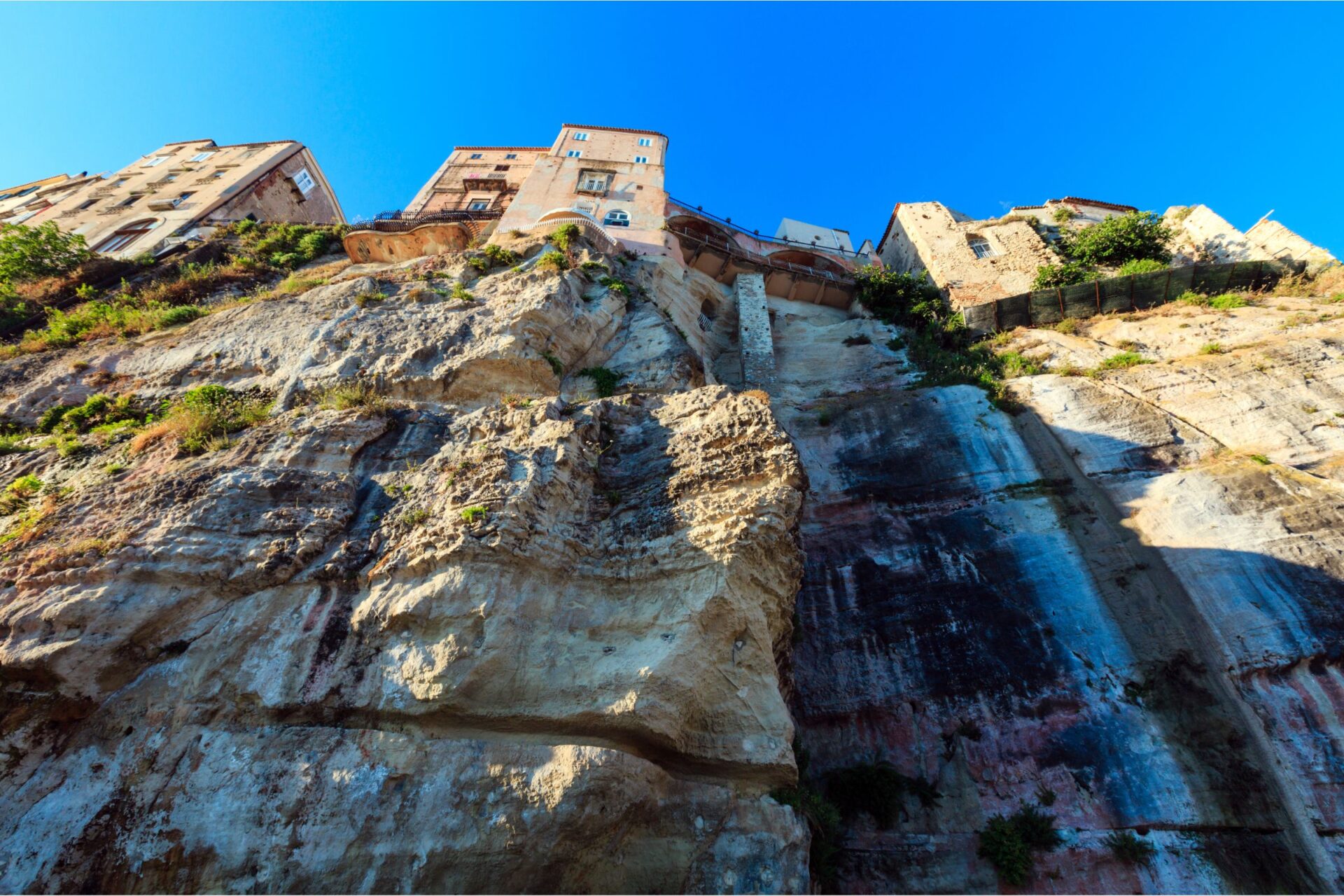
If you’re after great shots, I’d say:
- Early morning gives you soft light on the cliffs.
- Golden hour before sunset brings out dramatic shadows.
- Views from the town above let you show off how the cliffs and beach fit together.
A lot of pros use polarizing filters to really punch up that contrast between sand and water. Shooting from up in the town adds another layer—those colorful buildings perched on the rocks.
The colors here make it a photographer’s playground, no matter the weather. Even cloudy days turn out moody, dramatic scenes you’d want to hang on your wall.
Geological Origins: Why Red Rocks and White Sand Collide
Tropea’s crimson cliffs and pure white beaches didn’t just happen overnight. Millions of years of geology cooked up this color palette, with minerals, weather, and the sea all playing their part.
Formation of Tropea’s Red Rock Outcrops
Iron oxide, especially hematite, gives Tropea’s rocks that signature red. When iron in the rocks hits oxygen, it rusts, turning the cliffs a striking reddish-pink. It’s wild to think this is the same process behind Colorado’s famous red rocks.
These cliffs started as sedimentary layers ages ago. Over time, weather wore them down, releasing iron minerals that then oxidized on the surface.
Tectonic shifts shoved these iron-rich layers upward, and then wind, rain, and the sea carved them into the dramatic cliffs we see now.

How the Sand Achieves Its Stunning Whiteness
Every time I walk barefoot here, the sand’s brightness surprises me—especially next to those red cliffs. The white comes mostly from eroded quartz and bits of crushed coral.
Unlike volcanic beaches with black sand, Tropea’s shores don’t have much volcanic material. Instead, waves grind down quartz-rich rocks and coral into fine, white grains.
The Tyrrhenian Sea acts like a filter, sweeping away smaller particles and leaving the denser, lighter sand behind.
Tiny shells and sea creature skeletons add to the whiteness as they break down in the surf. It’s a team effort, really—nature style.
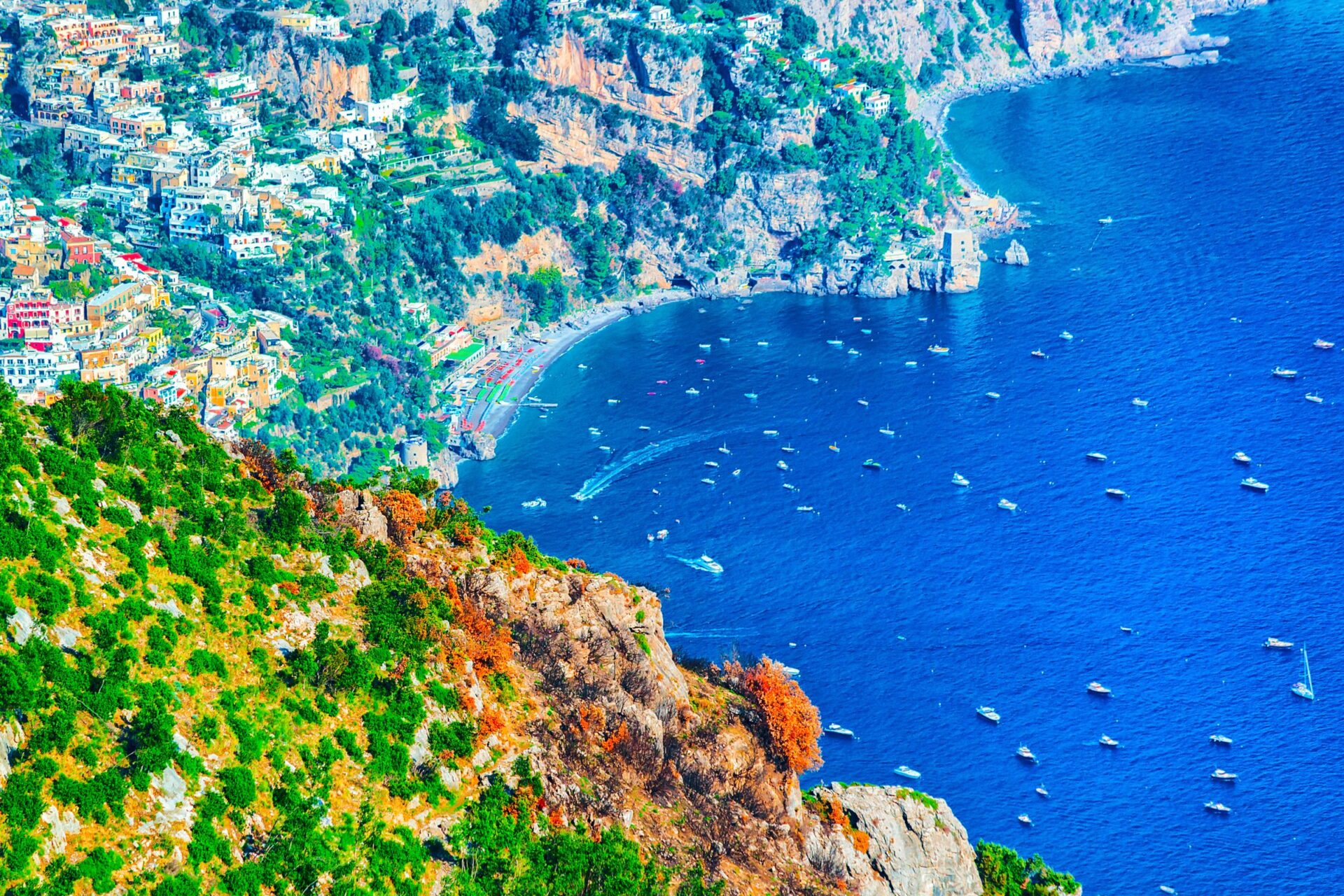
Scenic Vantage Points: Capturing the Beauty of Tropea
Tropea’s packed with spots where you can see the white sand and red rocks collide in the best way. I’ve found a few favorites that really show off the coastline.
Best Spots for Panoramic Photos
Santa Maria dell’Isola Monastery sits on a rocky outcrop and gives you 360-degree views of the whole area.
I visited at sunset once, and the golden light made the beach and water glow. It was honestly magical.
Belvedere Piazza Cannone is another great spot. This little square perches on the cliff edge and gives you clear views of the Tyrrhenian Sea and even Stromboli in the distance.
If you want to get close to the action, walk to the far end of Spiaggia della Rotonda. From there, you can capture the white sand with the town’s ochre buildings stacked above the cliffs.

Tips for Creating Stunning Travel Videos
When I shot video in Tropea, I found early mornings best for light and avoiding crowds. The water looks especially clear between 7 and 9 AM.
Time-lapse from the cliff edge is a fun way to show how the colors shift as the sun moves. I usually set my camera on a little tripod near Largo Villetta.
For underwater footage, the water near Tropea Beach is super clear. I use a basic waterproof action camera to catch the marine life.
My go-to gear:
- Lightweight tripod
- Polarizing filter for water glare
- Drone (if allowed) for aerial views
- Waterproof case for beach shots
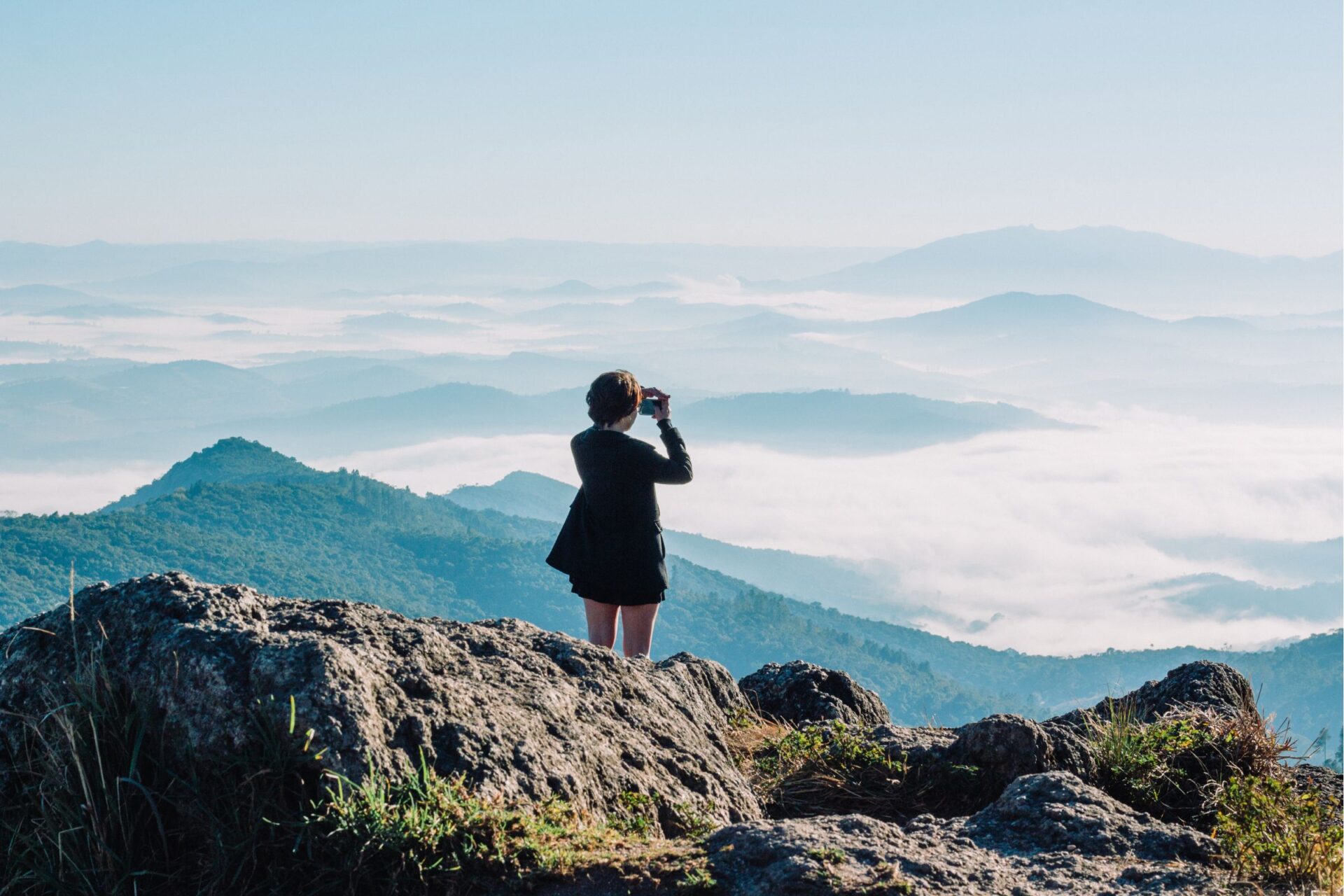
Using Stock Photos and Vectors for Inspiration
Before I even got here, I browsed stock photos of Tropea to pick out good angles. Seeing the contrast in those images helped me plan my own shots.
Vector drawings of the coastline gave me a simple way to spot key shapes and lines once I arrived.
I made a mood board with stock images and local photos to get a sense of what I wanted. Unsplash and Shutterstock have some solid references.
When I struggled with tricky lighting, I checked how the pros handled similar scenes in their stock shots. Their tips for balancing bright sand and shadowy cliffs really helped.
Experiencing the Beach: Activities and Travel Insights
Tropea’s beaches blend chill relaxation with a dash of adventure, all set against those epic white sands and red cliffs. The color contrast makes it a killer spot for all kinds of beach activities.
Swimming and Sunbathing in a Colorful Paradise
White sandy beaches and turquoise sea—what’s not to love? I found the water super clear and warm, especially from June to September.
You can rent a lounger and umbrella for about €15-20 a day, or just bring your own towel and grab some shade by the rocks.
The beach under Santa Maria dell’Isola monastery is a favorite. Calm waters, killer views of the church on the cliff—it feels so Italian.
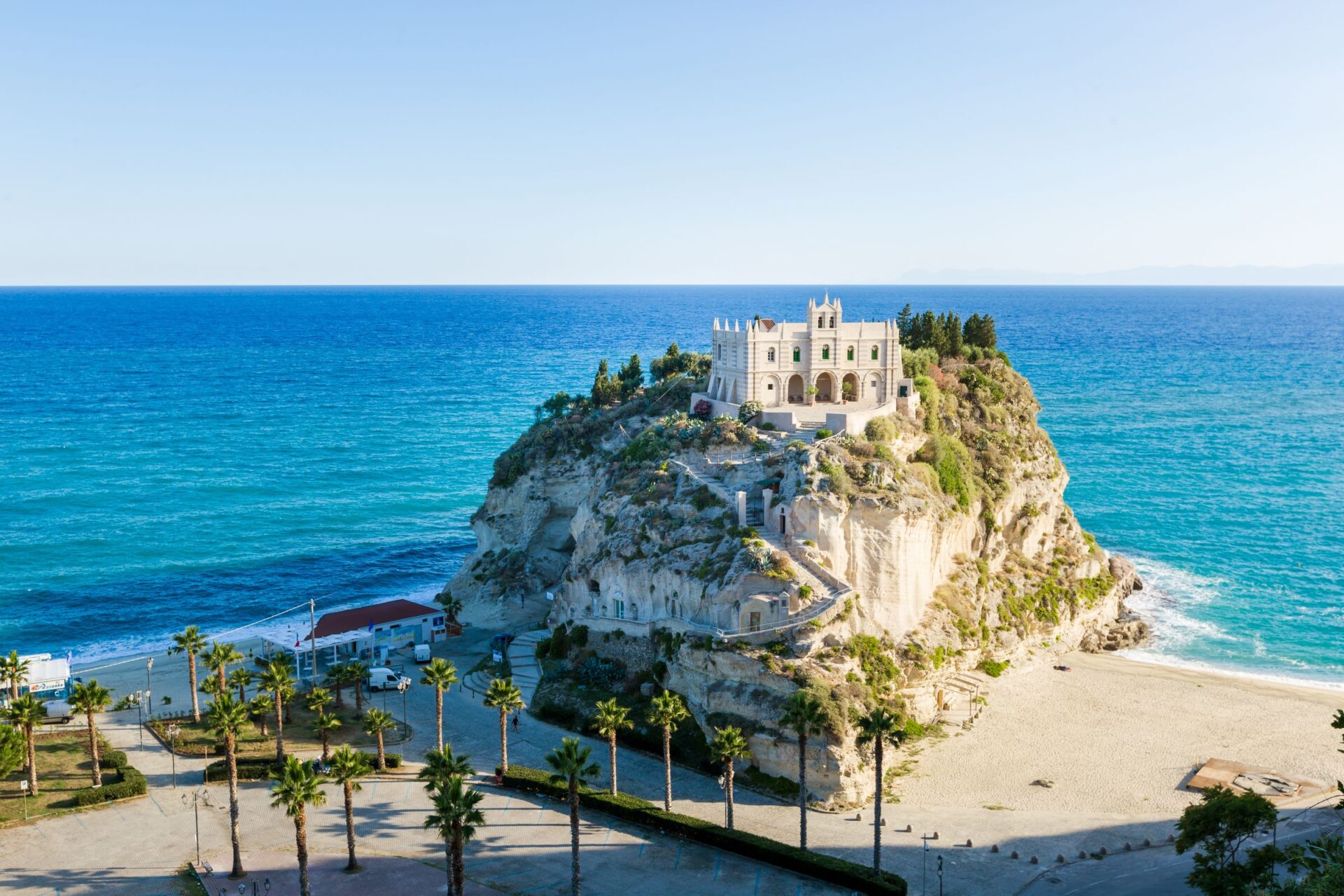
Water Sports and Local Adventures
Tropea’s beaches aren’t just for lying around. I tried paddleboarding along the coast for about €20 an hour, and the views of the cliffs from the water blew me away.
Local operators run:
- Snorkeling tours (€30-40)
- Boat trips to hidden coves (€50-80)
- Scuba diving for all levels (€70-120)
- Kayak rentals (€15 per hour)
Don’t skip a boat tour to the Stromboli volcano or the secret caves you can only reach by sea. These usually leave from Tropea’s little harbor and last a few hours.
Hiking the coastal paths gives you awesome photo ops. The trail to Capo Vaticano is my pick for the best panoramic views.
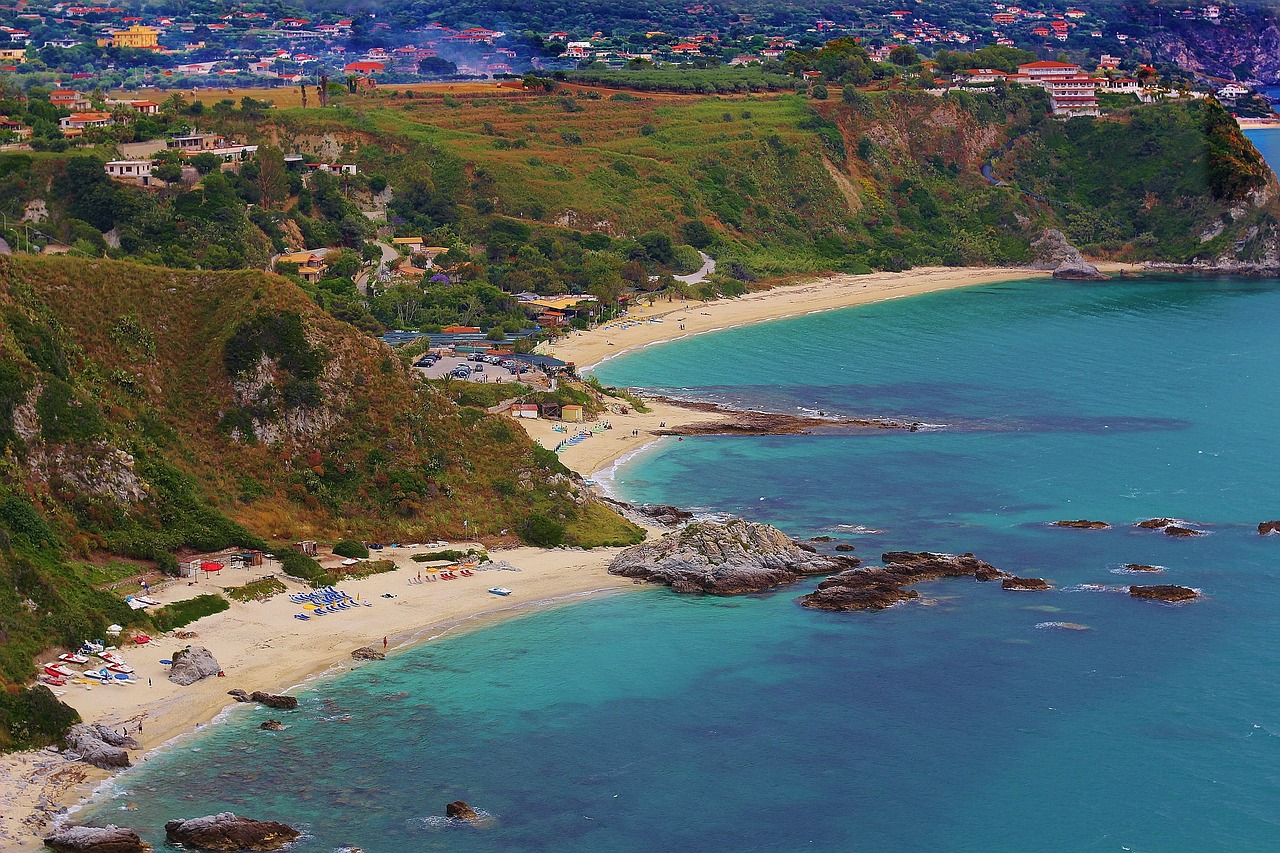
When to Visit for the Best Color Contrasts
If you want the most vibrant colors, timing matters. Late May to early July is perfect—fewer crowds than August and temps around 75-85°F (24-29°C).
Morning light (7-9 AM) makes the cliffs glow gold. I loved swimming then, before the crowds rolled in.
Late September and October bring warm water (about 75°F/24°C) and hardly any tourists. The lower sun really deepens the reds in the cliffs.
Skip November through March if you can—lots of places close and the weather gets dicey. If you’re coming in July or August, hit the beach before 9 AM for the best spots.
Local Life and Culture Along the Shore
Tropea’s coast buzzes with a mix of old-school Calabrian life and the rhythms of the sea. Walking the white sands, I’ve stumbled across traditions and scenes that make this place feel alive.
Beachside Cafés and Calabrian Cuisine
The shoreline fills up with cozy family-run cafés where locals and visitors hang out. I’ve lost count of the afternoons I’ve spent sipping espresso by the water, watching fishermen haul in the day’s catch.
Calabrian food shines brightest at these beach cafés. Tropea’s famous red onion (cipolla rossa di Tropea) pops up in all sorts of dishes—seafood pasta, fresh salads, you name it.

Menus focus on fresh fish, usually just grilled with olive oil and lemon. If you’re up for something spicy, try ‘nduja smeared on crusty bread as a snack.
In the evenings, cafés set out aperitivo, and I’ve enjoyed local wines while the sun sets behind those dramatic red cliffs.
Traditional Festivals Celebrating Tropea’s Coast
Tropea’s coastal culture comes alive in vibrant festivals that honor both the sea and local traditions. In September, the Festa di Santa Maria dell’Isola turns the shoreline into a lively celebration, all centered around that iconic church perched on the seaside cliff.
In July, fishing traditions really steal the spotlight during the Festival of the Sea. I remember joining locals as they dressed up their boats with flowers and lights. The result? A magical floating parade drifting along those crystal-clear waters.
August brings the Sagra della Cipolla, which puts Tropea’s famous red onion front and center. The beachfront buzzes with cooking demonstrations, music, and dancing that just keeps going late into the night.
Religious processions wind down from the historic center to the shore. Priests step forward to bless the sea, the same waters that support so many local families.
Honestly, these festivals are the best way to feel Calabrian hospitality in action. I’ve been lucky enough to share homemade wine and traditional dishes with families who’ve called this coast home for generations.

